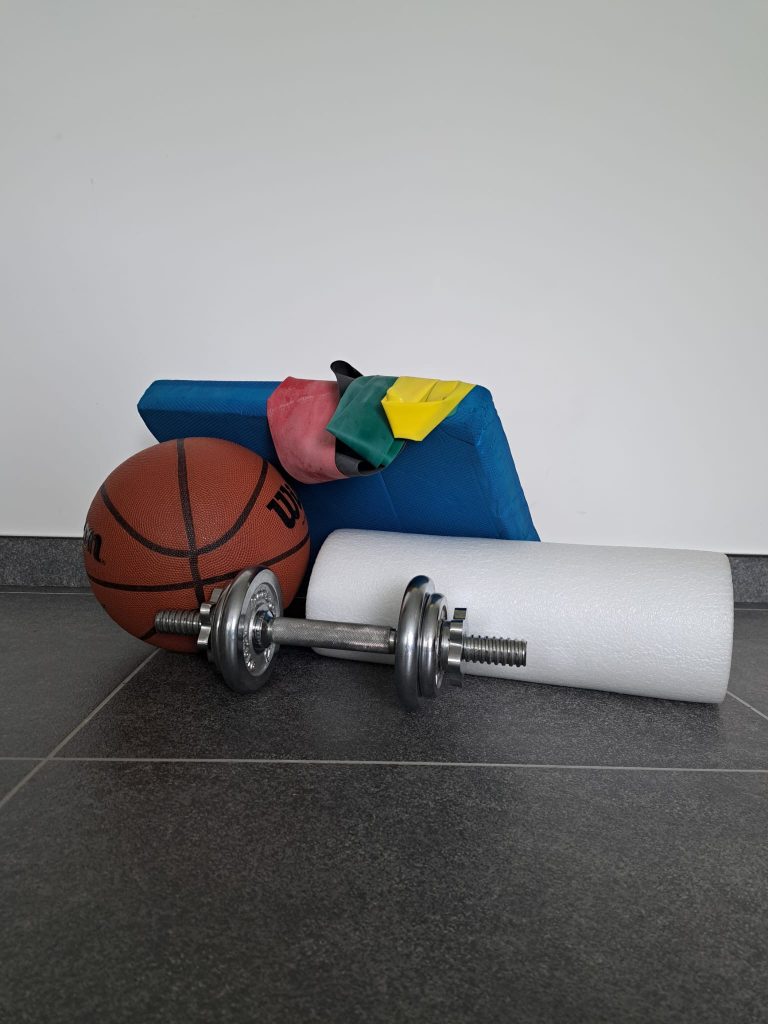
More about prevention, rehabilitation, physiotherapy, different types of physical and functional exercise
Exercise facts
Did you know?
1.
Although it is natural to notice a decrease in your sense of balance starting in your 50s,
you should not consider a severe loss of balance to be an inevitability of old age that you must passively accept.
There is plenty that you and access to regular exercise can do to improve your quality of life and avoid falls.
2.
Balance can be trained and improved with repetition. Information traveling along neural pathways more regularly can optimize the path. To put it simply your brain gets better at processing all the information from your inner ear, eyes, and body proprioceptive/sensory receptors.
3.
After age of 30, being physically inactive is costly. You can lose up to 3-5% of your muscle mass each decade. This loss leads to functional disability, falls and poor quality of life. Resistance exercise or working with weights 2-3 times per week can help prevent this.
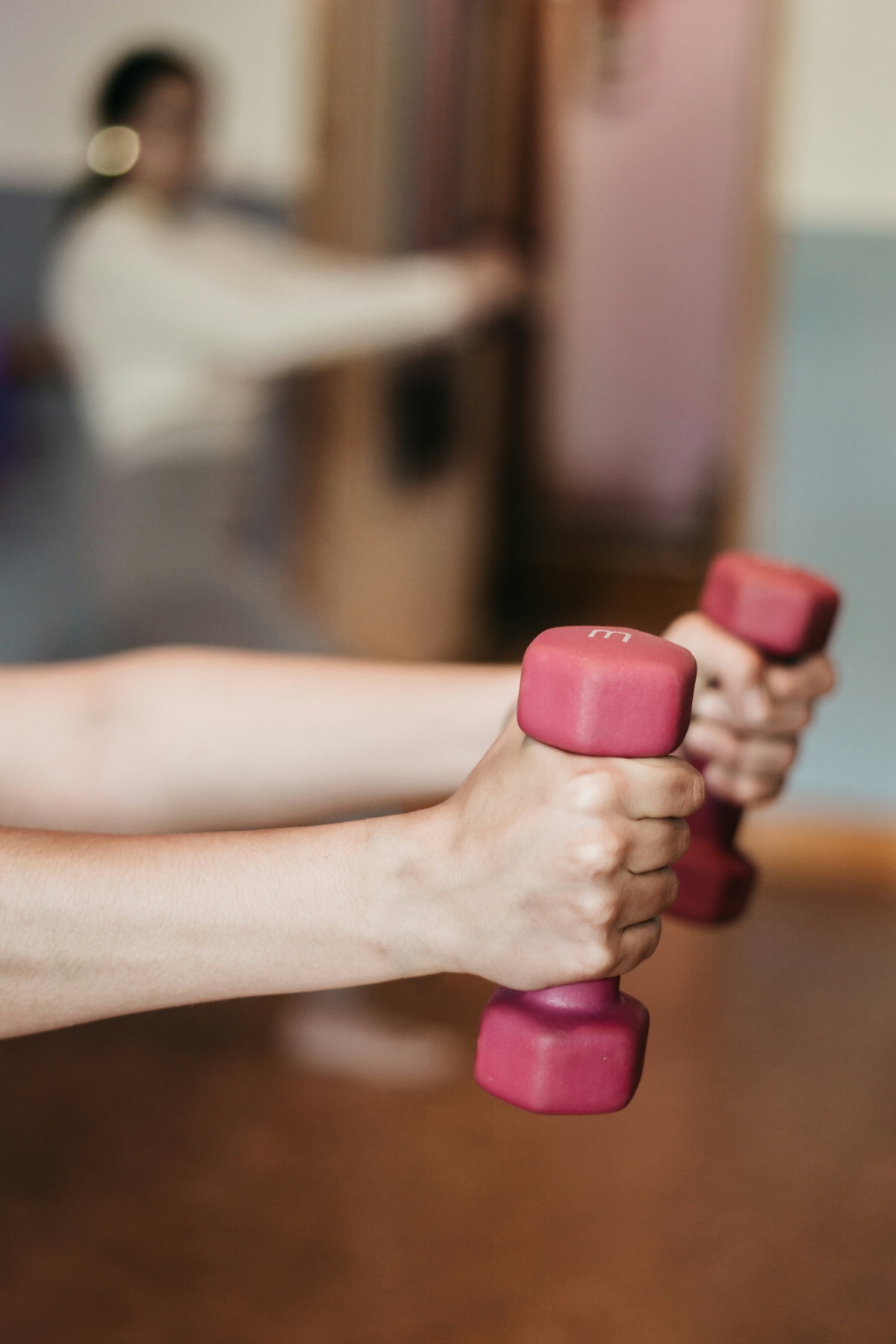
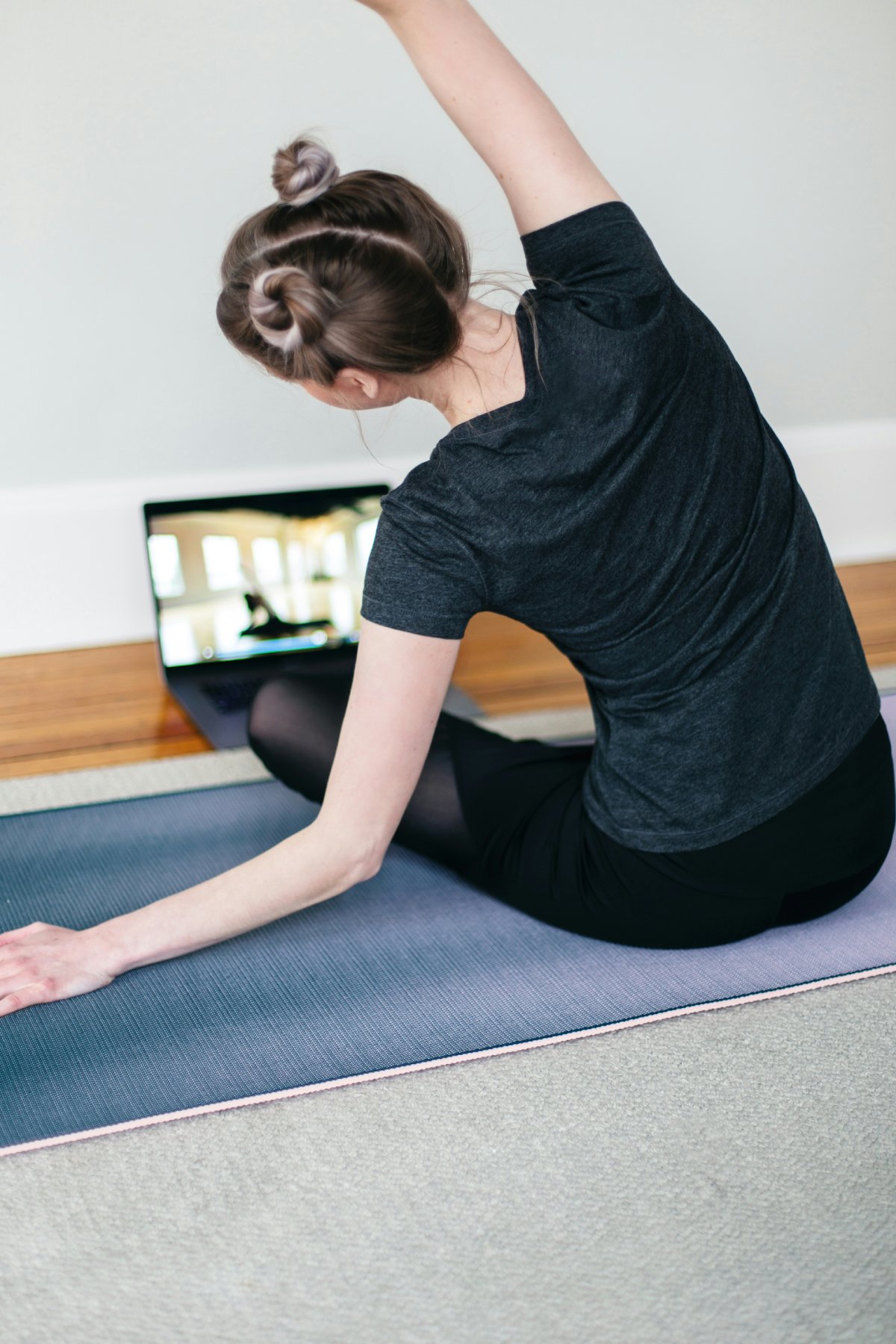
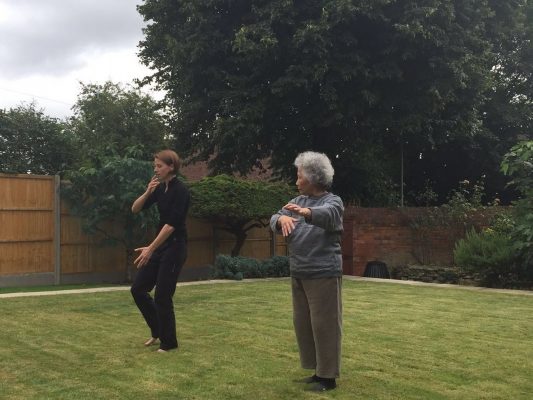
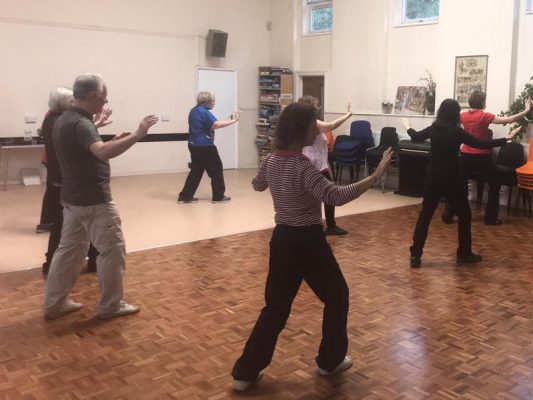
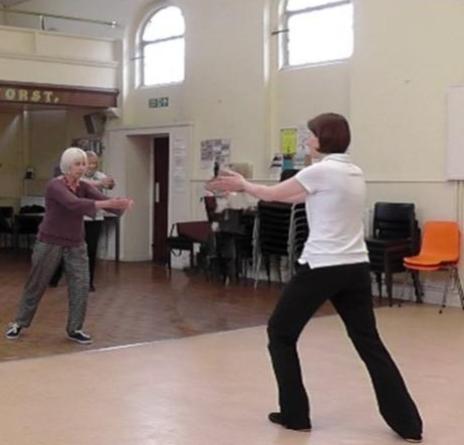
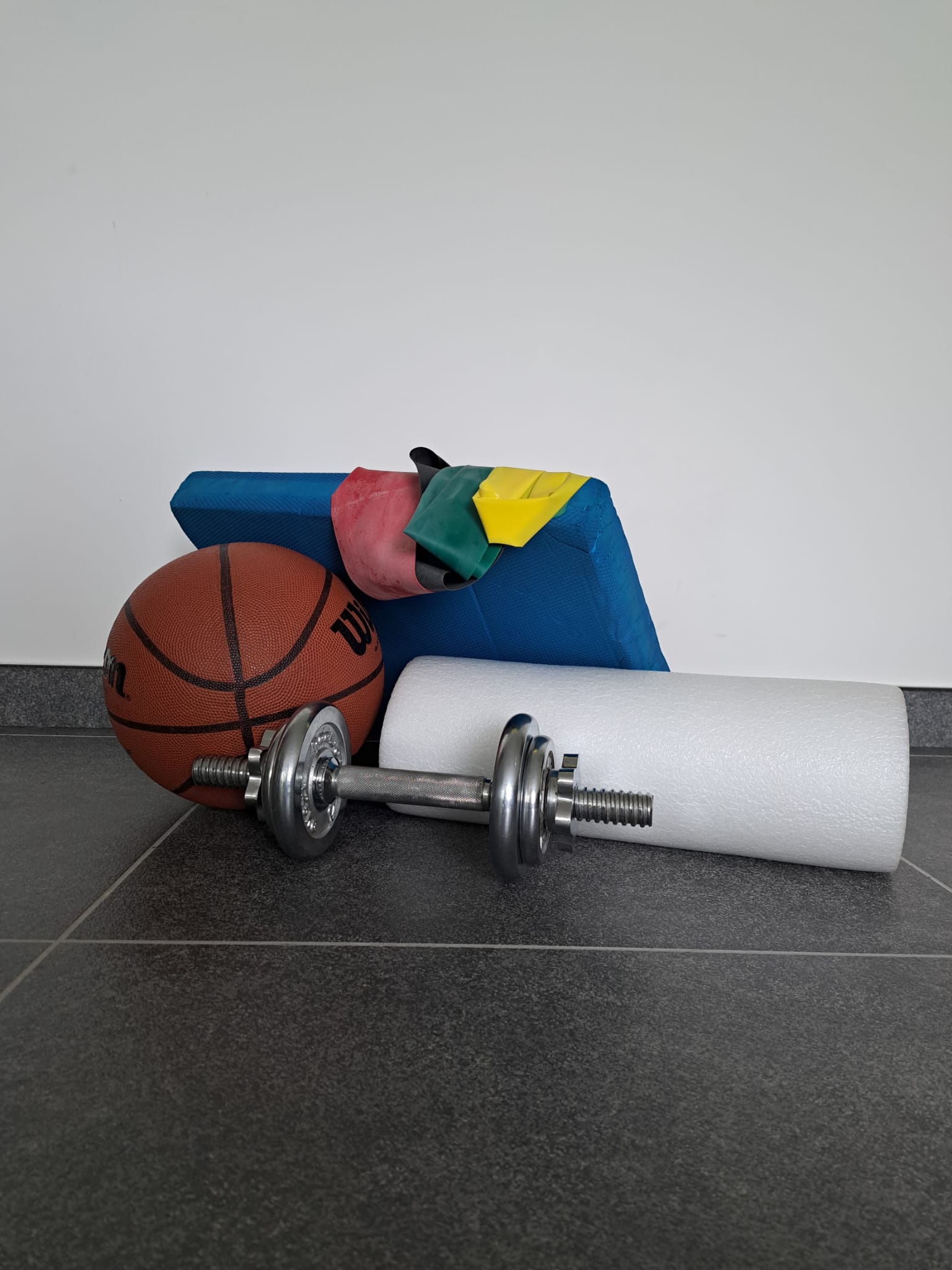

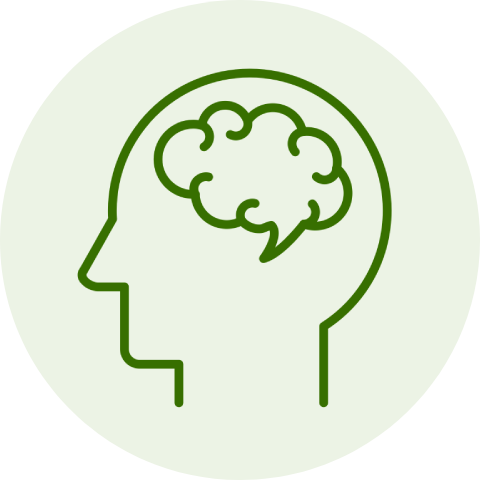

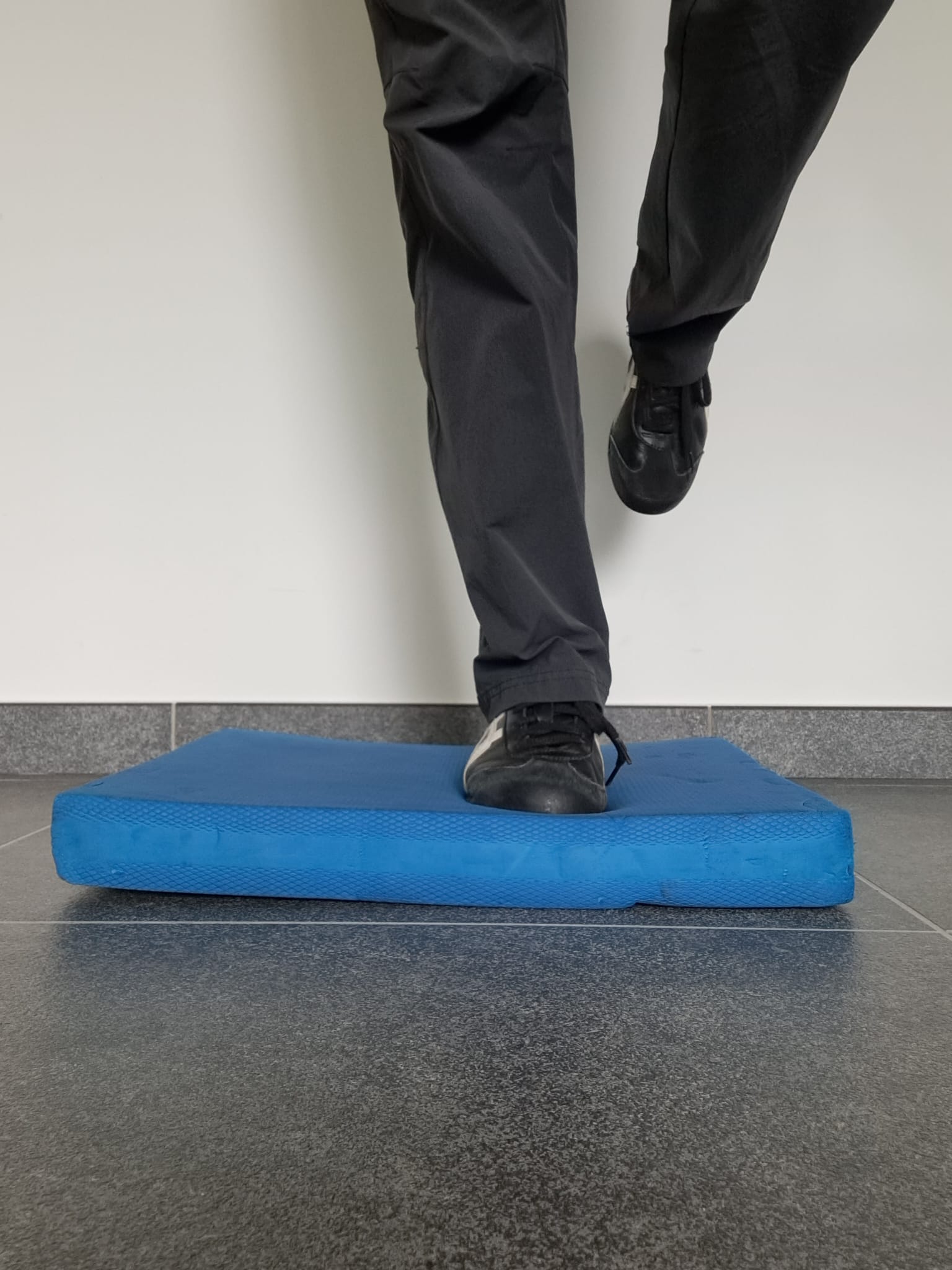

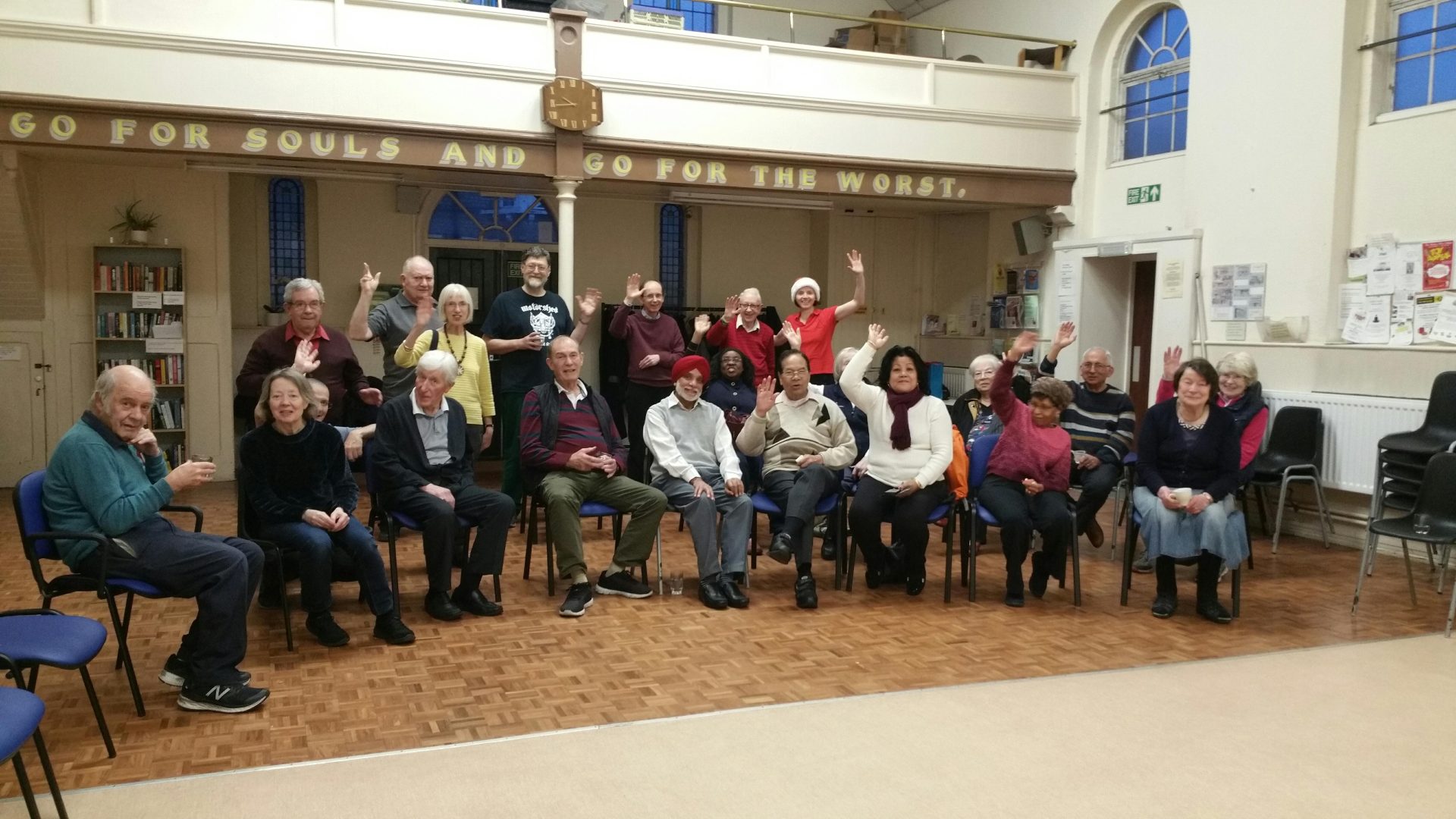
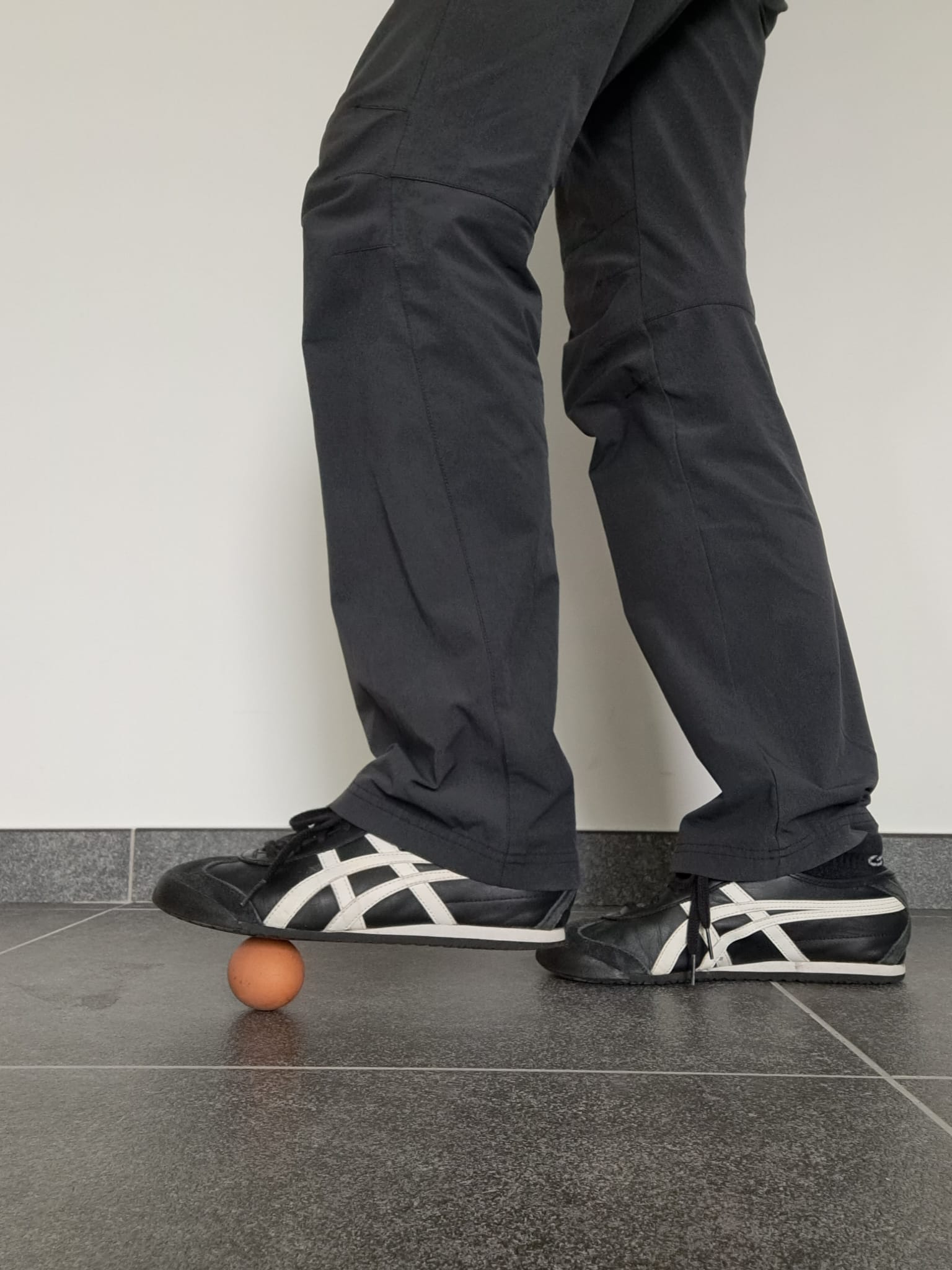
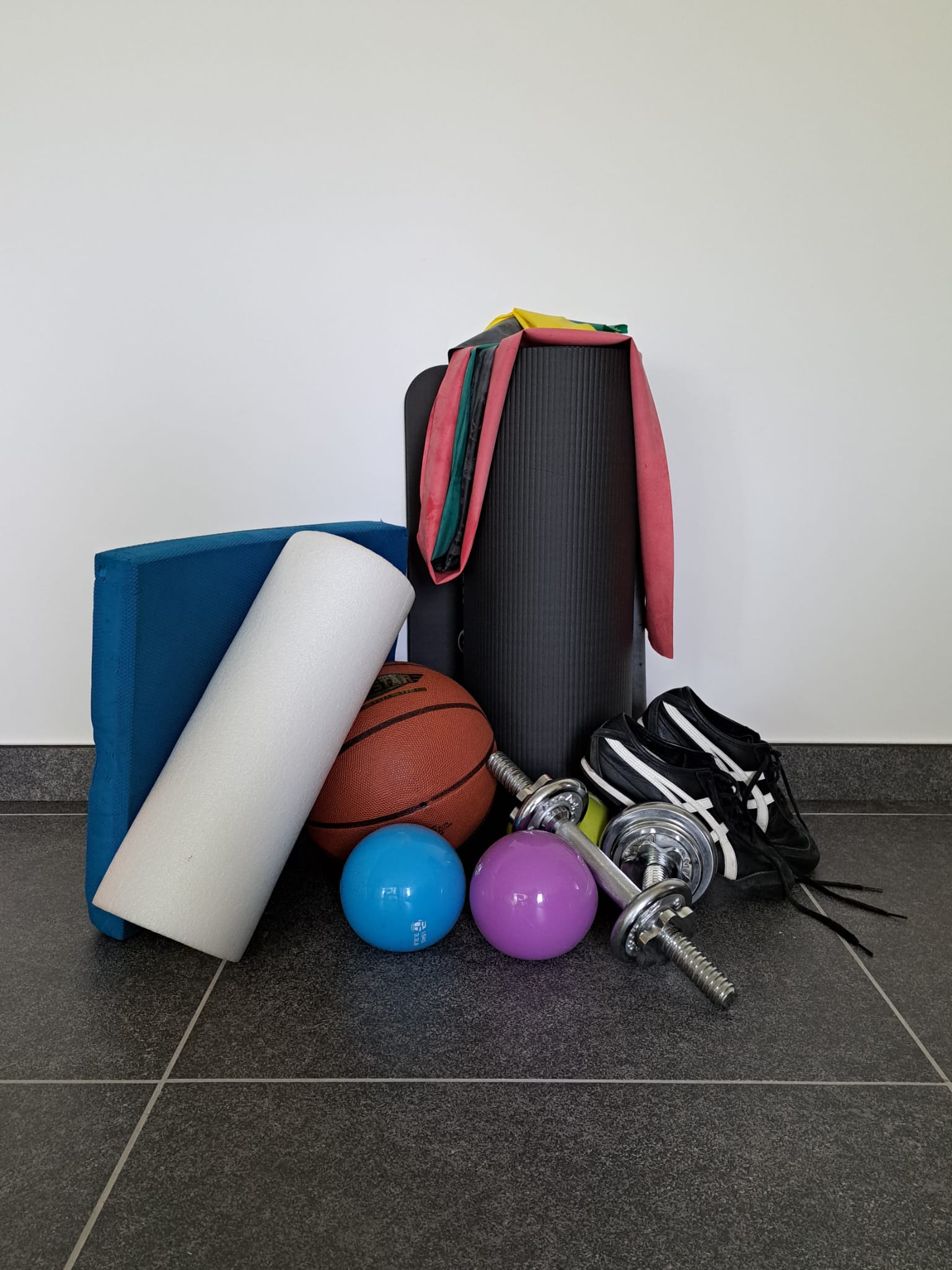
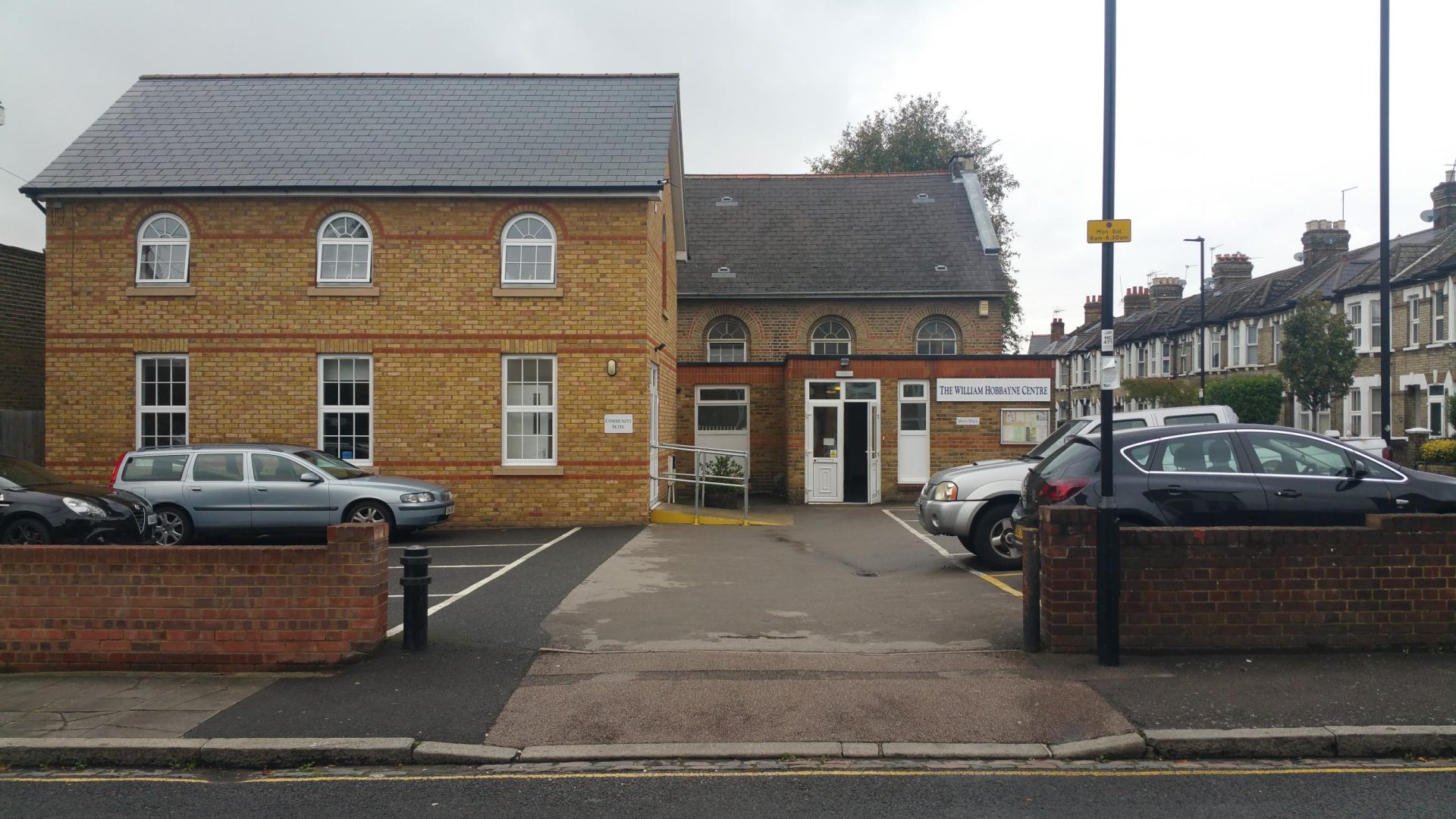
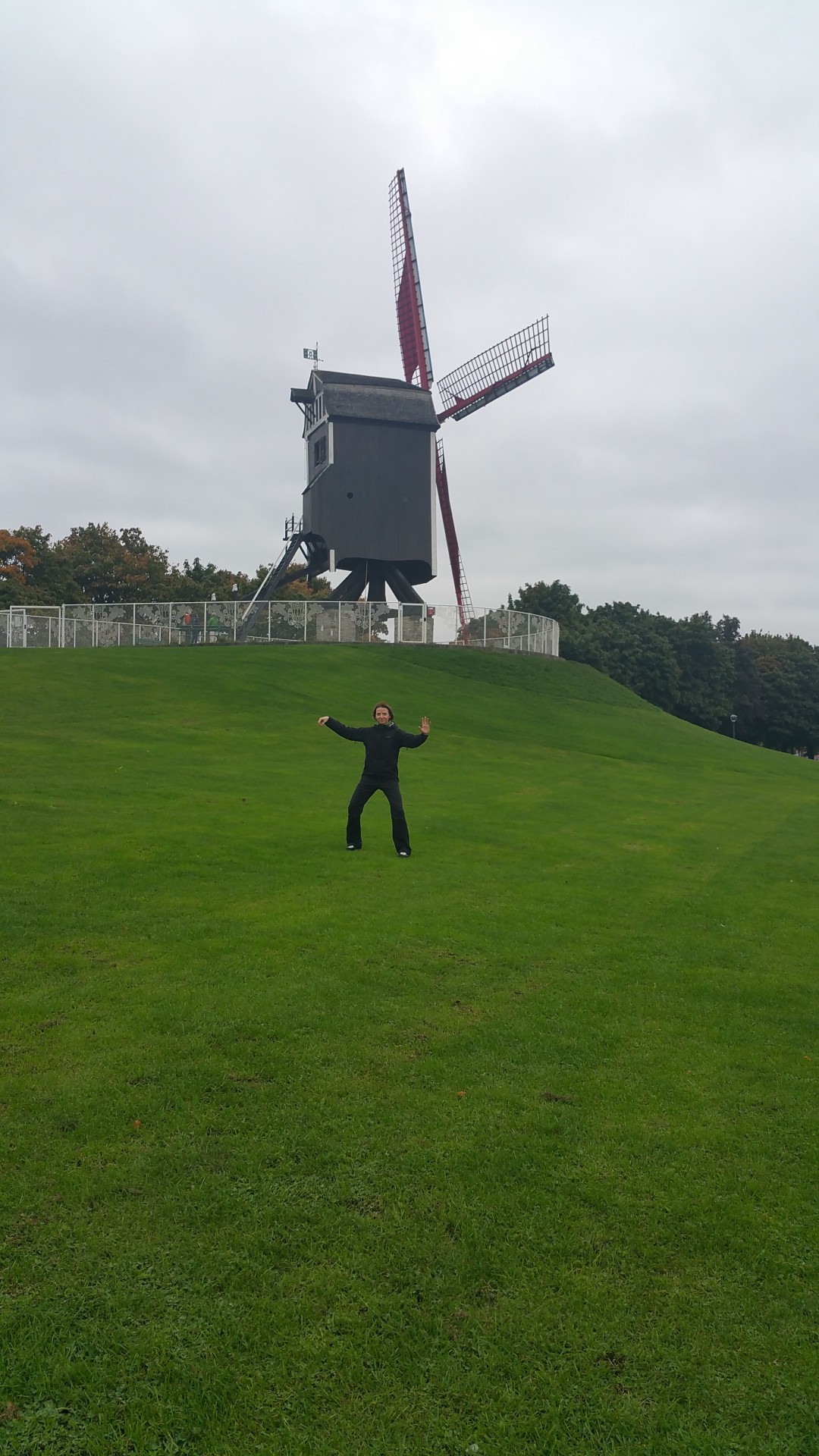


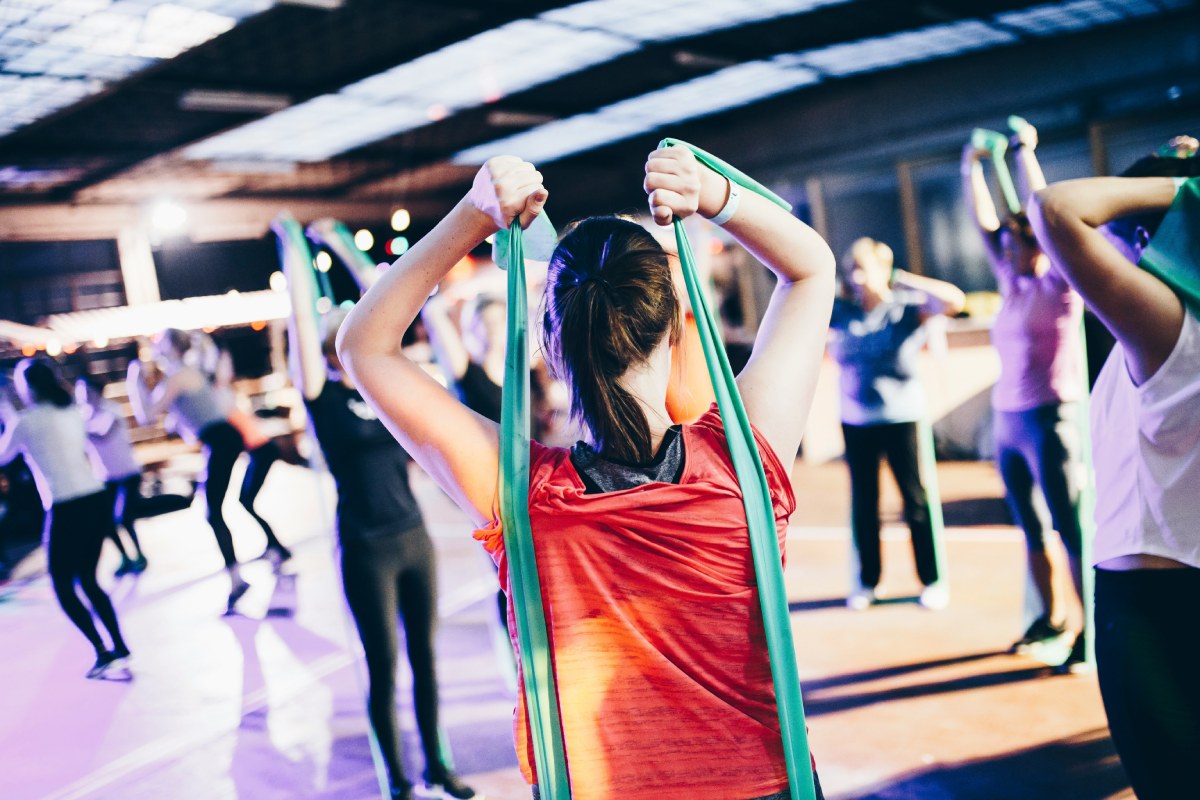
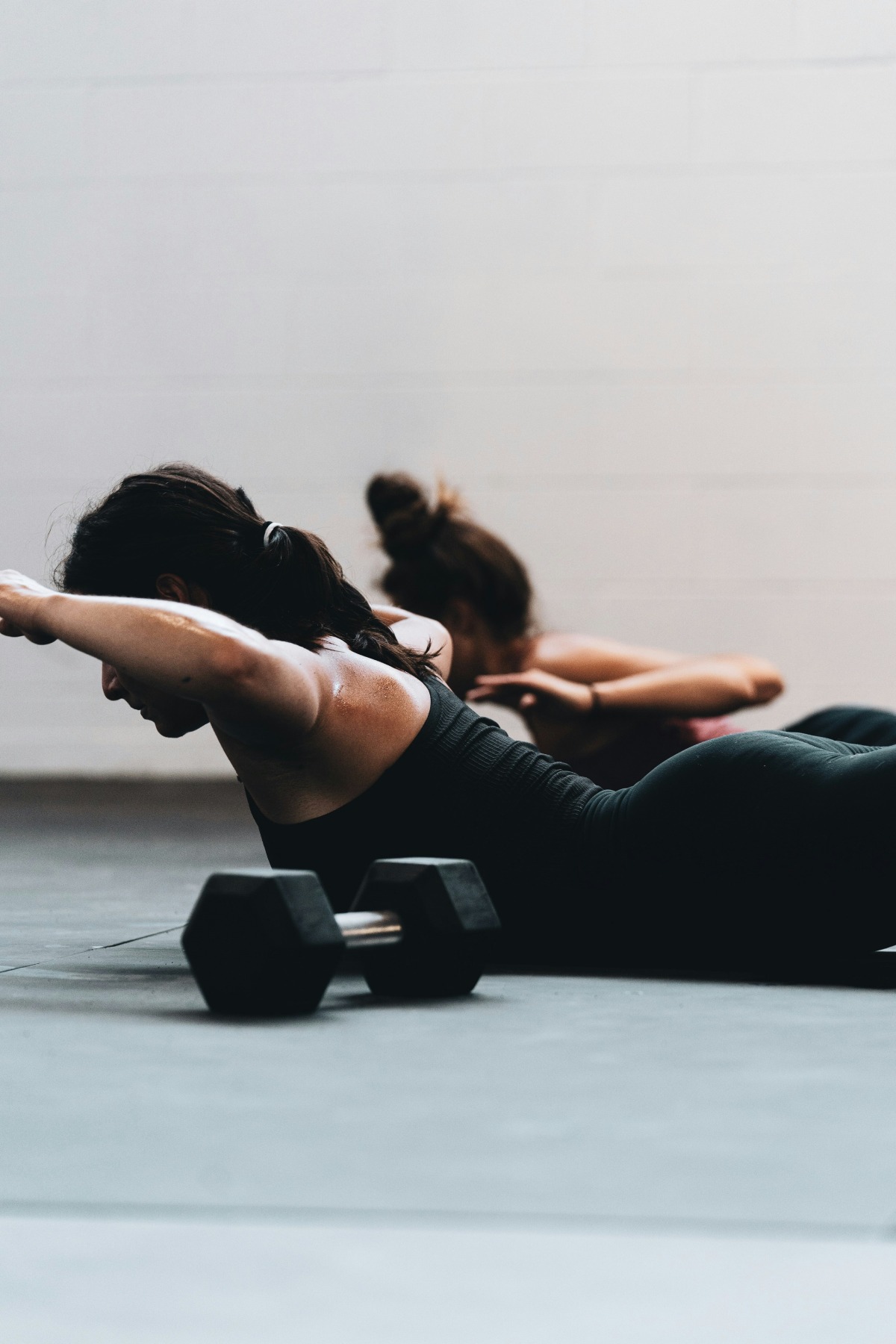
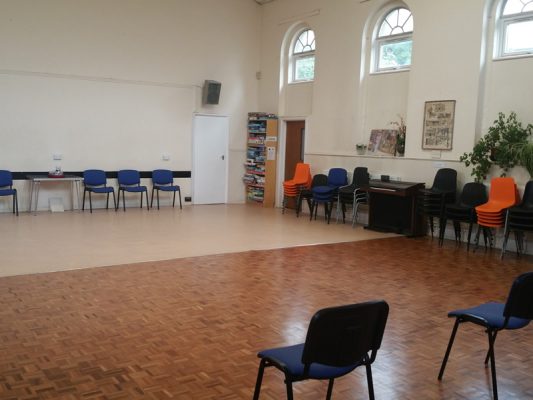
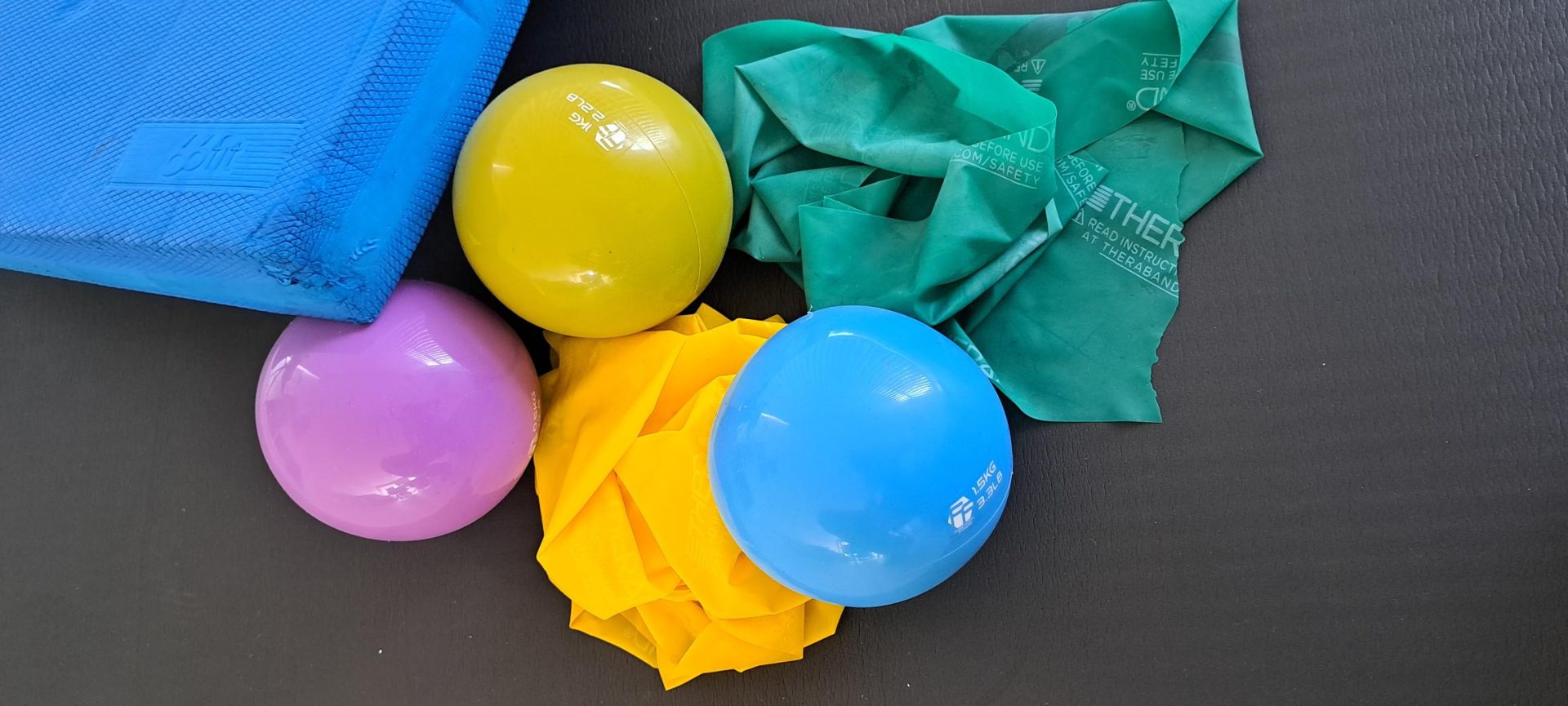

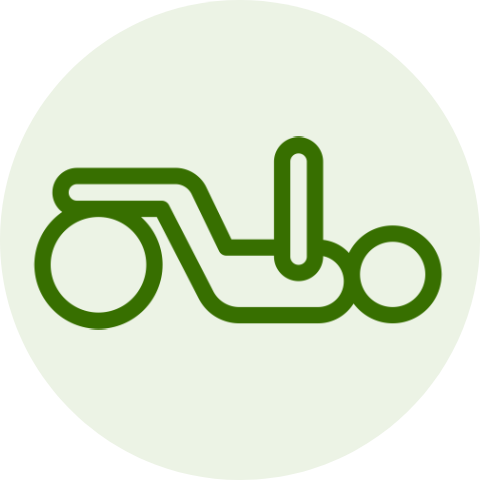
Prevention focused exercise guidance
Regular physical activity is one of the most important things you can do for your health. Being physically active can improve your brain health, help manage weight, reduce the risk of disease, strengthen bones and muscles, and improve your ability to do everyday activities. Adults who sit less and do any amount of moderate-to-vigorous physical activity gain some health benefits. Only a few lifestyle choices have as large an impact on your health as physical activity.
Everyone can experience the health benefits of physical activity – age, abilities, ethnicity, shape, or size do not matter.
[Centers for Disease Control and Prevention (www.cdc.gov)]
Neurological rehabilitation focuses on assessing and treating people with movement disorders that have resulted from injury or disease to the brain, spinal cord or extremities of the body. Damage to the central nervous system, including the brain and spinal cord, means that the messages from the brain are not reaching the affected parts of your body. This can result in loss of movement and sensation, uncoordinated movement, weak and flaccid muscles, spasm and tremor. Rehabilitation/physical activity and exercise which include functional movement will help you to maximise your physical and functional ability. You will learn how to manage the changes in your body caused by your acquired or progressive neurological condition and adapt your movement to allow you to maintain your independence in activities of daily living. For more information go to: www.acpin.net.
Vestibular rehabilitation is the specialty concerned with the assessment and rehabilitation of people with dizziness and balance disorders. The treatment is mostly exercise-based, and the exercises used have been proven to promote central nervous system compensation for a balance disorder. Vestibular compensation is a process that allows the brain to regain balance control and minimise dizziness symptoms when there is damage to, or an imbalance between, the right and left vestibular systems (balance organs) in the inner ear. The brain copes with the disorientating signals coming from the inner ears by learning to rely more on alternative signals coming from the eyes, ankles, legs and neck to maintain balance. Eye gaze stabilisation exercises are often necessary to improve visual stability, which is the ability to focus on a stationary object while the head is moving. A canalith repositioning procedure is also often necessary to include in treatment for people with Benign Paroxysmal Positional Vertigo, known as BPPV. For more information go to: www.acpivr.com.
Postural re-education is used based on the principle of correct alignment, biomechanics and neuromuscular coordination. Postural re-education isn’t just for those that display problems with their posture but other relating musculoskeletal or neurological conditions that are a contributing factor to poor posture alignment. Postural re-education is suitable for those that experience weakness, pain and stiffness with a loss of movement making it difficult to perform normal functional movements.
During gait re-education a person is re-trained to achieve his/her most efficient and least effortful walking patterns. Any neurological and musculoskeletal conditions can affect the walking pattern resulting in risk of falls and other injuries. In some cases, gait re-education is recommended post-surgery. Learning to walk correctly again ensures that the body moves in the way it is designed and allows for correct functioning of joints and muscles. Normal gait pattern requires reasonable muscle power, muscle length and adequate joint range of movement. Any trauma to the body can compromise muscle strength and joint range of motion affecting normal gait pattern. A personalised treatment plan is required based on the specific medical conditions of a person treated. If necessary, a suitable walking support may be considered.
Balance re-education helps to improve your ability to sit, stand and walk. An individually tailored exercise programme will be set to help improve posture, develop muscle control, strengthen muscles, build endurance, and improve balance reactions. An initial assessment will include all the systems involved in balance, such as muscle length and strength, good functioning of the proprioceptive and sensory system, the vestibular (inner ear balance) system, vision and its attention and/or ability to accommodate or react to balance requirements. Subsequent therapy will be specifically tailored to work on and improve the systems that are most affected, or maximise good working of the others to compensate, improving overall functional outcome.
Resistance training consists of various components. Basic principles include:
Weight – different weights or other types of resistance, for example, a 1 kg hand weight or fixed weight, body weight or rubber band will be used for different exercises during your strength training session.
Exercise – a particular movement, for example, a calf-raise, that is designed to strengthen a particular muscle or group of muscles.
Repetitions or reps – refers to the number of times you continuously repeat each exercise in a set. A set is a group of repetitions performed without resting, for example, two sets of squats by 15 reps would mean you do 15 squats then rest muscles before doing another 15 squats.
The benefits are improved muscle strength and tone – to protect your joints from load and injury. Maintaining flexibility and balance, which can help you remain independent as you age. Weight management and increased muscle-to-fat ratio – as you gain muscle, your body burns more energy when at rest. Greater stamina – as you grow stronger, you won’t get tired as easily. Prevention or control of chronic conditions such as diabetes, heart disease, arthritis, back pain, depression and obesity. Enhanced mobility and balance. Improved posture. Increased bone density and strength and reduced risk of osteoporosis. Improved sense of wellbeing – resistance training may boost your self-confidence, and improve your body image and your mood. Increased physical function for everyday tasks.
Rest – you need to rest between sets. Rest periods vary depending on the intensity of exercise being undertaken.
Variety – switching around your workout routine, such as regularly introducing new exercises, challenges your muscles and forces them to adapt and strengthen.
Progressive overload principle – to continue to gain benefits, strength training activities need to be done to the point where it’s hard for you to do another repetition. The aim is to use an appropriate weight or resistant force that will challenge you, while maintaining good technique. Also, regular adjustments to the training variables, such as frequency, duration, exercises for each muscle group, number of exercises for each muscle group, sets and repetitions, help to make sure you progress and improve.
Recovery – muscles need time to repair and adapt after a workout. A good rule of thumb is to rest the muscle group for up to 48 hours before working the same muscle group again.
Maximising your balance and falls prevention
Although falls become more of a concern as we get older, they are not inevitable. There’s a lot you can do to reduce your chance of having a fall, even if you’ve had one in the past. If you’ve noticed you’re starting to feel unsteady on your feet and it’s stopping you doing the things you used to do – whether it’s down to your health, your activity levels or your home environment – it’s important to do something about it and reach out for help. You might be reluctant to do this, but admitting that things have changed could help you stay independent for longer. In order to establish a regular schedule for exercise it is important to identify your own social support for exercise to keep you motivated. Monitoring with an emphasis on adjustment of the exercise programme plays always a big part of maintaining long term adherence to the exercise programme.
Exercise alone or in the group
Exercising alone and exercising with others both have health benefits. Increased frequency of exercise with others has important health benefits regardless of the total frequency of exercise. A social interaction perspective is useful to assist with promoting exercise adherence long term.

Make an appointment
Face to face, West Vlaanderen, Brugge, Belgium
or on-line from anywhere
Follow Steps
Phone:
UK: ++44 7703297167
BE: ++32 468099299
Email: michaela@followstep.be
© 2025 Follow Steps
